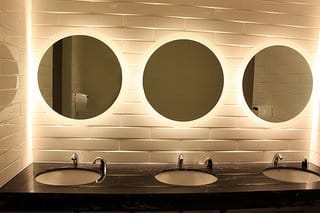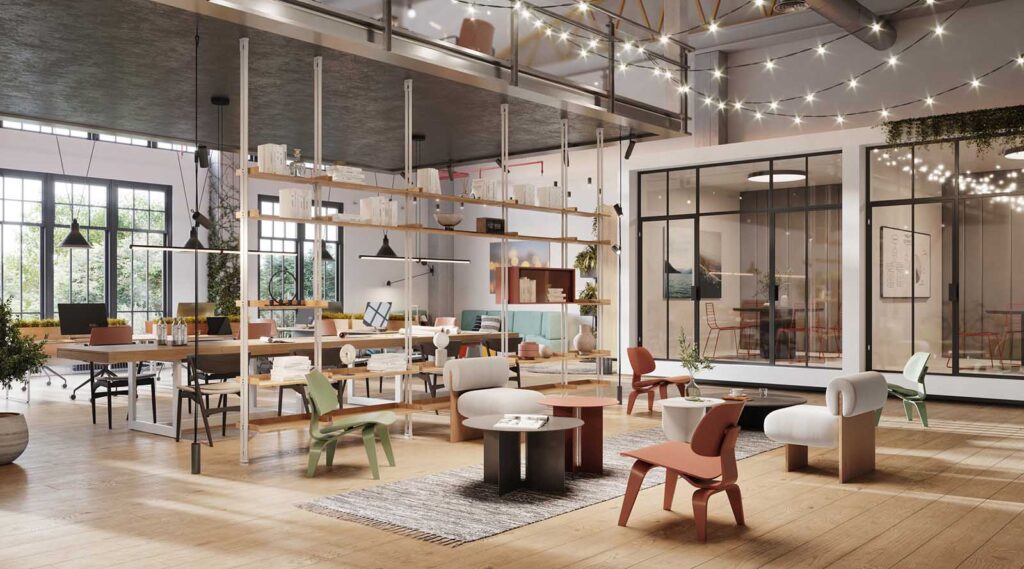How to Design a Restroom to Reduce Costs
1.) Design for easy cleaning
Cleaning the floor can be easier and faster when restrooms have multiple floor drains. According to FMLink, outlets installed in the ceiling can also be useful “to prevent moisture infiltration and to keep cords off floors when powered [equipment] is used.”
Competitive Choice, an eco-friendly cleaning supplier, writes that if it’s a possibility, “stacking restrooms in a multifloor building [can] allow for the use of a common supply and waste line.”
Lighter countertops are also preferable to darker ones. Stains and spills will be more noticeable on the latter than the former.
Soap dispensers placed over counters, instead of over sinks, can also produce bigger messes.
2.) Automatic technology for lower costs
These days, automated technology has reduced the amount of contact people have with restroom surfaces. This is good for hygienic reasons, but it’s also good for economic reasons, too. It’s true that automated faucets and toilets cost more than their regular counterparts. But the difference is made up by the fact that automatic faucets control the total amount of water flow. Where toilets could previously be damaged due to people flushing the handle with their feet, automatic flush valves now eliminate the problem altogether.
3.) Hand drying methods for less paper waste
The hand-drying methods that are best in terms of hygiene (and cost-effectiveness) are as follows: Automatic hand dryers, automatic paper towel dispensers, and regular paper towel dispensers with paper towels in a roll. Regular paper towel dispensers with folded paper towels are the least desirable. They can be easily wasted when they fall on the floor, or when people take too many. Automatic hand dryers, on the other hand, eliminate the need for logistics like “ordering, storing, replenishing, and disposing of paper towels.” Dispensers that fall somewhere between those two extremes can be a good compromise.
4.) Occupancy lighting for increased energy efficiency
FacilitiesNet says that the average restroom is empty 90 percent of the time. But unlike other rooms that aren’t in use, the lights in restrooms often remain on throughout the day. To prevent this drain on energy resources, you may want to consider installing occupancy sensors. As with other automated fixtures, this can be an expensive purchase. But the money spent will be made up for within less than a year, thanks to the savings in energy costs. If you do install these sensors, however, note that “at least one low wattage fixture” will be necessary so “occupants cannot be left in the dark.”
A clean and functioning restroom shouldn’t be taken for granted. While it may not be as hot a topic in office design, the state of a building’s restrooms can have a major impact on how guests perceive your company. Check your own restrooms against the four tips outlined here; how do they compare?
photo credit: Prayitno / Thank you for (3.5 millions +) views via photopin cc




